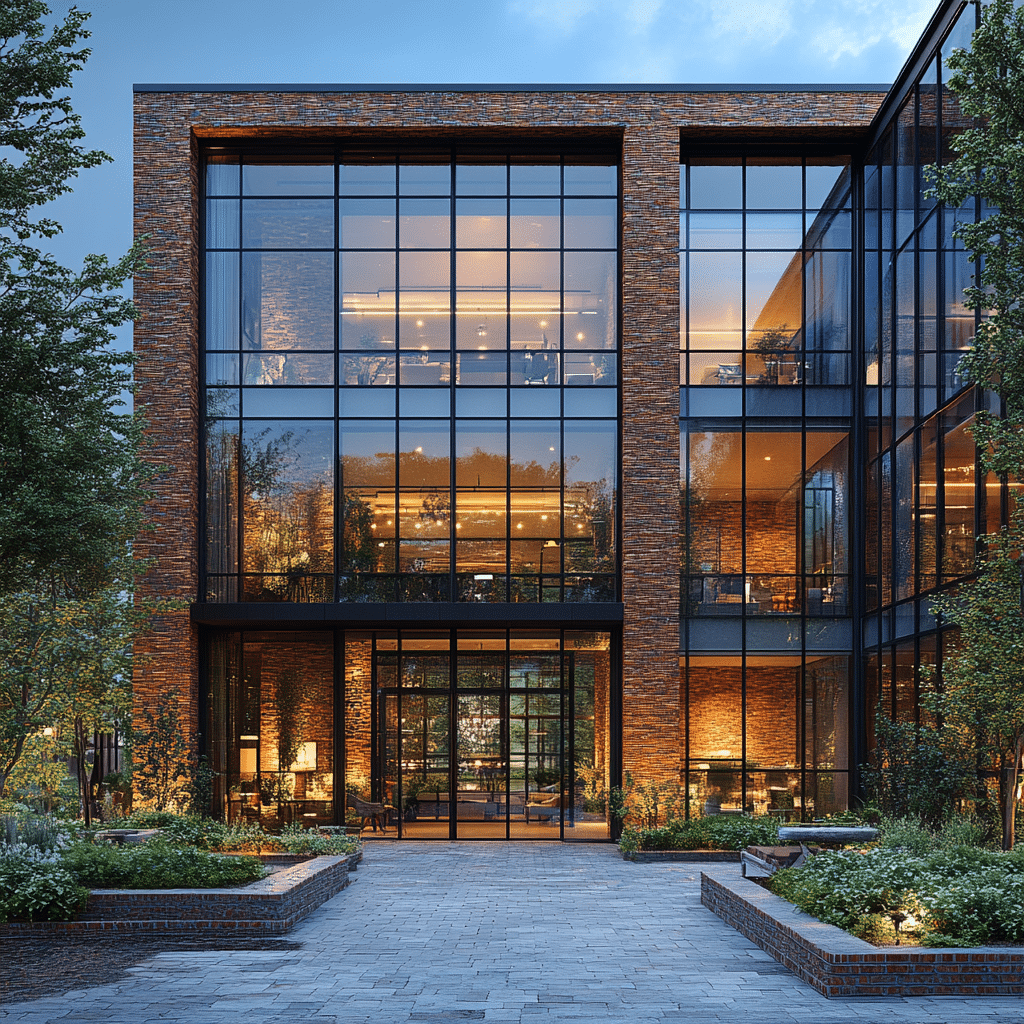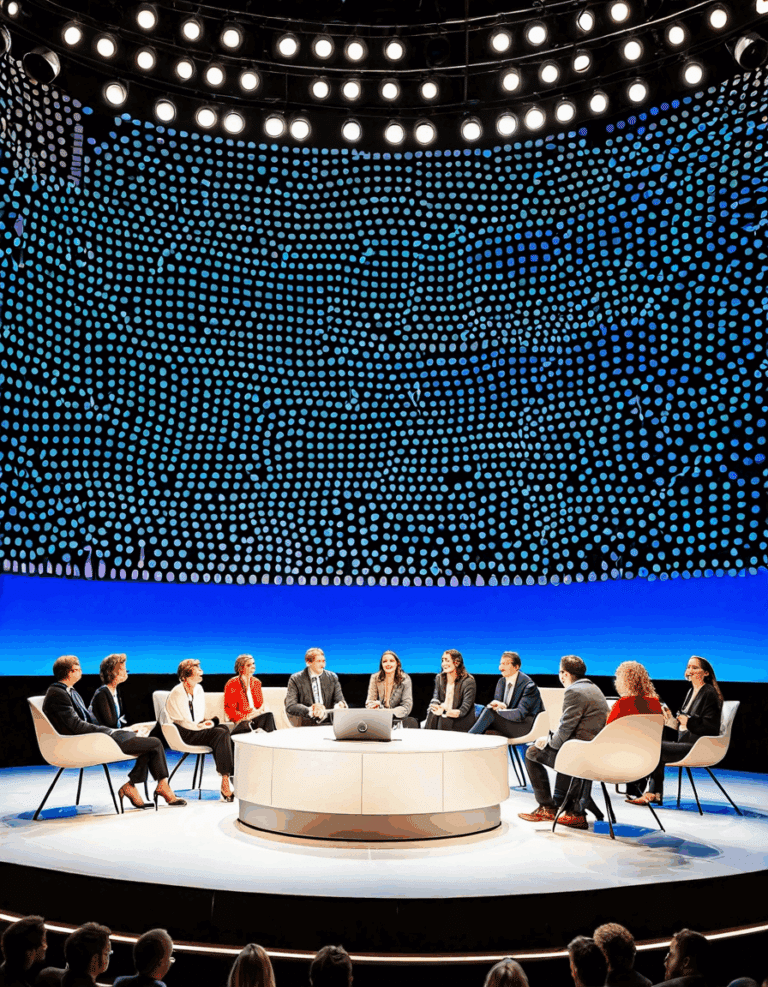Building a brand legacy is like planting a tree; with the right care and nurturing, it grows, flourishes, and provides shade for generations to come. Brand legacy building isn’t just a marketing buzzword; it’s the backbone of sustained success and influence in a rapidly changing world. It requires you to think long-term, to create connections and values that resonate deeply with your audience, regardless of trends. Let’s unravel the essence of brand legacy building and uncover how you can apply these principles to your own journey as a professional speaker or entrepreneur.

Understanding Brand Legacy Building
Brand legacy building is all about creating a profound impact through your brand that lasts beyond market fluctuations and trends. It’s not just about selling products; it’s about forging relationships and establishing values that touch the hearts of your audience. Think Coca-Cola, which has built its legacy around happiness and sharing, enabling it to stand the test of time as a beloved global brand.
When you dive into brand legacy, don’t miss out on three critical components: emotional connection, community involvement, and consistent quality. Each element enriches the narrative of your brand, building the trust that creates lasting relationships. Just like a strong community influences a neighborhood, your brand can influence the world.

Top 5 Brands Excelling in Legacy Building
Now, let’s look at some brand powerhouses that have nailed the art of legacy building and can serve as inspirations for your strategy.
When you think Nike, think empowerment. Their “Just Do It” slogan isn’t just a tagline; it’s a rallying cry. Campaigns like “Dream Crazy,” featuring Colin Kaepernick, showcase how deeply they connect with cultural narratives. This strategy cultivates an emotional bond with consumers, creating a legacy of inspiration that keeps people coming back.
Apple’s legacy is a testament to the marriage of innovation and quality. From the original Macintosh to the latest iPhones, Apple’s commitment to groundbreaking design offers experiences that resonate deeply. Their storytelling encourages a community that transcends product ownership, allowing customers to embrace a lifestyle of creativity.
Patagonia is a brilliant example of a brand that intertwines environmental responsibility with its legacy. Their pledge to allocate 1% of sales to environmental initiatives demonstrates commitment to values that matter. This inspires not only customer loyalty but also motivates other brands to take on sustainable practices.
Disney’s brand legacy thrives on nostalgia and innovation. From enchanting classic animations to immersive theme park experiences, the brand creates magical moments that foster deep emotional connections. This blend results in multi-generational loyalty, as families return to create new memories time and again.
TOMS’ “One for One” initiative effectively links consumer purchases to meaningful social change. With every pair of shoes sold, another is donated to someone in need. This unique strategy not only elevates the brand image but also turns customers into participants in a larger mission—giving them a sense of purpose with their purchases.

The Role of Authenticity in Brand Legacy Building
In today’s fast-paced digital age, authenticity is everything. You need to keep it real and transparent to build a trustworthy brand. Take Ben & Jerry’s as an example; they’ve hopped on social issues like climate change and racial justice, not just for publicity but out of genuine commitment. This authenticity resonates with consumers, allowing brands to forge a true connection.
When you stand firm in your principles and engage actively in issues that matter, you craft narratives that resonate deeply with your audience. As an aspiring speaker or entrepreneur, being authentic will set you apart. Remember, people support brands that reflect their values.

Measuring the Impact of Brand Legacy
Measuring the effectiveness of your brand legacy is crucial for understanding its influence. You can gauge your impact through a variety of metrics, including customer loyalty and brand awareness. Brands like Johnson & Johnson have shown resilience through challenges, maintaining consumer trust due to their steadfast commitment to quality and safety. During tough times, loyal customers stand by their trusted brands, a clear indicator of legacy building.
So, keep track of these indicators as you refine your strategy. They’ll guide you towards impactful decisions that reinforce your brand’s legacy.

Crafting Your Brand Legacy: Actionable Steps
Establishing a brand legacy is an endeavor that requires dedication and thoughtfulness. Here’s how you can kickstart your journey:
Creating a Vision for Future Legacy
As we step into 2024 and beyond, it’s essential to think beyond just profits and trends. Establishing a legacy requires forward-thinking—adapting to shifts while holding strong to core values that resonate with your consumer base. Cultivating a brand legacy makes your business not just a commercial entity but a force for positive change.
This journey of brand legacy building is more than just an initiative; it’s a pledge to innovate, inspire, and invest in lasting relationships. Be bold and intentional! By championing purpose, embodying excellence, and creating a meaningful impact, you’ll pave the way for a legacy you can truly be proud of.
As you embark on your speaking career and navigate the waters of branding, remember that your legacy awaits. Start establishing your brand legacy today!
To connect more with your audience and improve your Online speaking presence, consider refining your Speech structure strategy, and engage with tools like Branding on Linkedin to bring visibility to your brand. Adapt your approach, and remember the impact of each interaction can contribute to your enduring journey of brand legacy building.
Brand Legacy Building: Creating Enduring Success and Impact
What’s in a Brand?
Did you know that brand legacy building isn’t just a buzzword? It’s a game changer in how businesses become unforgettable. Companies like Apple and Nike didn’t just create products; they built legacies that resonate through generations. This process requires time and an understanding of what truly connects with people. Speaking of connections, have you ever thought about the effect of an individual’s choices, like the selection of a home? This reflects deeper sentiments, much like how people choose to explore different types of houses, which can tell you a lot about their lifestyles and values.
Little-Known Facts
Here’s a fun nugget: sustainable practices can significantly boost a brand’s legacy. Not only does this create a positive environmental footprint, but it also makes the brand more appealing to eco-conscious consumers. Think about brands that have taken this to heart—those with a commitment to sustainability not only reach audiences looking for change but can garner loyalty that lasts. Ever heard of the tragic stories like that of the fatal motorcycle accident in Somerset, MA? Such events emphasize the importance of legacies; companies can either honor their ethical responsibilities or risk their reputations. A strong legacy can turn a company’s commitment into a powerful narrative that transcends mere transactions.
The Power of Experience
Customer experience plays a pivotal role in brand legacy building. Did you know that offering loyalty programs can be a game-changer? Airlines, for instance, encourage frequent flyers to buy United Miles, creating an emotional connection that keeps customers coming back. It’s the same principle that applies to landscaping companies that build not just beautiful homes but lasting relationships with clients. Speaking of beautiful homes, lots of folks dream of their perfect abode, often researching the latest trends in the type Of Houses that fit their vision, illustrating how personal aspirations intertwine with brand legacies.
In the end, brand legacy building is about creating lasting impressions that not only stand the test of time but also bring joy and inspiration to countless individuals. So why not take some time to reflect on what legacy you want to leave? Whether through sustainable practices, memorable experiences, or embodying a vibrant brand culture, every choice counts. And who knows? Your brand’s story could turn into a beautiful journey, much like a peaceful trip to Boat Of Garten, where every moment matters, and memories are made for a lifetime.

How do you build a brand legacy?
To build a brand legacy, focus on consistency in quality, messaging, and customer experience over the years. Engage your audience, create emotional connections, and stand firm on your values to foster trust and loyalty. It’s all about being authentic and delivering what you promise.
What is an example of a legacy brand?
An example of a legacy brand is Nike. It’s been around for decades, consistently delivering high-quality athletic gear and building a strong presence in the sports industry, which has solidified its reputation globally.
What is the brand legacy?
Brand legacy refers to the lasting impact and reputation a brand has built over time. It encompasses not just the products or services offered but also the trust and emotional connection established with consumers, shaping how they perceive the brand.
What is the meaning of legacy building?
Legacy building means creating something that stands the test of time, often involving a product, business, or mission that can be passed down through generations. It’s about making choices today that lead to a meaningful and enduring impact tomorrow.
How do I start building a legacy?
To start building a legacy, define your core values and mission, and stay committed to them. Focus on providing consistent quality, engaging with your audience, and finding ways to give back to the community, ensuring your brand makes a positive mark.
What is a brand legacy value?
Brand legacy value is the worth derived from a brand’s long-standing reputation and emotional connection with consumers. It often results in customer loyalty, premium pricing, and a competitive edge, leading to sustained business success.
What are 3 examples of legacy?
Three examples of legacy include long-standing businesses like Coca-Cola, historical landmarks that have cultural significance, and family-owned enterprises that have been passed down through generations, each carrying a unique story and value.
What are the 4 A’s of retro branding?
The 4 A’s of retro branding are authenticity, aesthetic, association, and attitude. These elements help create a nostalgic connection to the past while appealing to modern consumers, blending old-school vibes with today’s market.
Is Coca Cola a legacy brand?
Yes, Coca-Cola is a legacy brand. It has a deep-rooted history and a powerful emotional connection with consumers worldwide, built through consistent branding and marketing efforts over many years.
Why is brand legacy important?
Brand legacy is important because it builds trust and loyalty among consumers, creating long-term relationships. A strong legacy can help a brand endure market fluctuations and competition, making it easier to maintain relevance over time.
What is legacy strategy?
Legacy strategy involves planning how to create, maintain, and enhance a brand’s long-term reputation and emotional impact. It focuses on building relationships, ensuring consistent messaging, and adapting to changing consumer needs.
What is an example of a company legacy?
An example of a company legacy is Apple. It’s built a strong identity around innovation and design, which continues to resonant with consumers, ensuring its products are highly valued and influential in tech culture.
What is an example of legacy building?
An example of legacy building is a business that supports charitable causes while building its brand. This not only helps the community but also establishes a legacy of giving and responsibility that resonates with consumers.
How to build a legacy company?
To build a legacy company, focus on a mission that resonates with your target audience, maintain high standards of quality, and engage in meaningful practices that give back to society. The goal is to create something that lasts beyond your tenure.
What are the three types of legacy?
The three types of legacy often include personal legacies, which pertain to individual achievements and values; cultural legacies, which relate to societal contributions and impact; and organizational legacies, tied to businesses and their lasting reputations.
How do you build a legacy company?
To build a legacy company, start with a clear vision and values, deliver quality consistently, engage with your community, and foster emotional connections with your customers. All these elements help in creating a lasting impact.
How do you establish a legacy?
Establishing a legacy involves making intentional choices that reflect your values and mission. Think about what you want to leave behind, whether that’s through a business, a cause, or contributions to your community, and act purposefully to make it happen.
How do you create a legacy title?
Creating a legacy title can be done by focusing on what you want people to remember you for. Think about the unique contributions you make, the values you represent, and how you can encapsulate that in a memorable and meaningful way.
How do you build brand resilience?
Building brand resilience means creating a brand that can adapt to changes in the market and consumer preferences. This involves staying true to your core values while being flexible and open to innovation, so your brand remains relevant and trusted over time.









